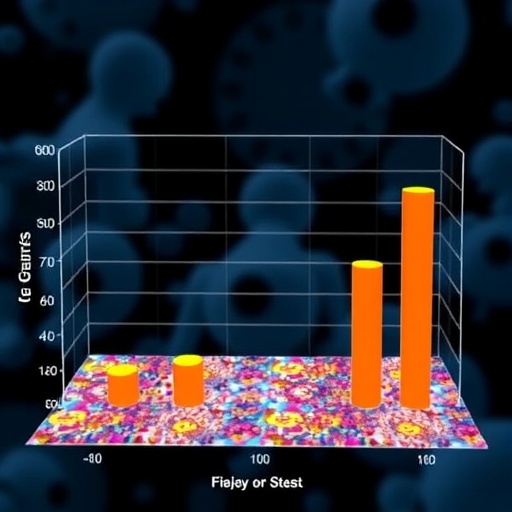MAYWOOD, IL – For the first time, researchers have devised a model to predict burn patients who are most likely to develop life-threatening acute respiratory distress syndrome (ARDS).
In the journal Annals of Surgery, researchers reported the prediction model includes three factors: the extent of the patient's inhalation injury, the percentage of the patient's body that was burned and whether the patient had high levels of a blood clotting protein called von Willebrand factor. The article is published online ahead of print, last updated Aug. 24, 2018.
The first author is Majid Afshar, MD, MSCR, an assistant professor in the Department of Public Health Sciences and in the division of pulmonary and critical care medicine in the department of medicine of Loyola Medicine and Loyola University Chicago Stritch School of Medicine.
The three-pronged model "could be used to better identify at-risk patients for both the study and prevention of ARDS in patients with burn injury," Dr. Afshar and colleagues wrote.
ARDS is a form of respiratory failure caused by inflammation and the inability to exchange oxygen appropriately. Patients typically are put on ventilators, and many don't survive.
ARDS usually occurs in patients who already are critically ill from predisposing conditions such as sepsis, pneumonia, burns, inhalation injury, traumatic injuries, etc. Burn injuries, especially those involving inhalation injuries, have the highest incidence of ARDS among all predisposing conditions.
Previously, patients with large burns had high mortality rates so few survived to develop ARDS. Treatments have greatly improved in the past 20 years and now more patients are surviving major burns. More than 25 percent of patients with large burns or major inhalation injuries who survive the first 24 hours will develop ARDS.
The prospective multicenter study included 113 adult patients who were treated at Loyola Medicine's Burn Center and the University of Colorado's Burn Center. The patients had burns over at least 10 percent of their bodies and/or were suspected of having inhalation injury. About one-third (33.6 percent) developed ARDS a median of 2.2 days after their injuries.
In developing their prediction model, researchers examined clinical characteristics including burn and inhalation injury, alcohol misuse and current tobacco use; other health problems including diabetes, congestive heart failure, heart disease and chronic obstructive pulmonary disease (COPD); and five protein biomarkers found in plasma (the colorless fluid part of blood).
Among multiple prediction models examined, a model consisting of inhalation injury, the von Willebrand factor biomarker and the percent of body burned did the best job of predicting which patients were most likely to develop ARDS.
Dr. Afshar and colleagues wrote that once the model is validated by other studies, it could guide clinical trials designed to prevent ARDS and identify burn patients who are at risk for ARDS.
###
The study was supported by grants from the National Institute of General Medical Sciences and National Institute of Alcoholism and Alcohol Abuse.
In addition to Dr. Afshar, other co-authors are Ellen L. Burnham, MD, MS, Cara Joyce, PhD, Robin Gagnon, Robert Dunn, Joslyn M. Albright, MD, Louis Ramirez, John E. Repine, MD, Giora Netzer, MD, MSCE, and Elizabeth J. Kovacs, PhD.
Loyola's Burn Center is the largest burn center in Illinois. The center delivers clinically integrated care for the most complex cases. Loyola's outstanding success rates and multidisciplinary approach are recognized by the American College of Surgeons and American Burn Association.
Media Contact
Jim Ritter
[email protected]
708-216-2445
@LoyolaHealth
http://www.luhs.org




